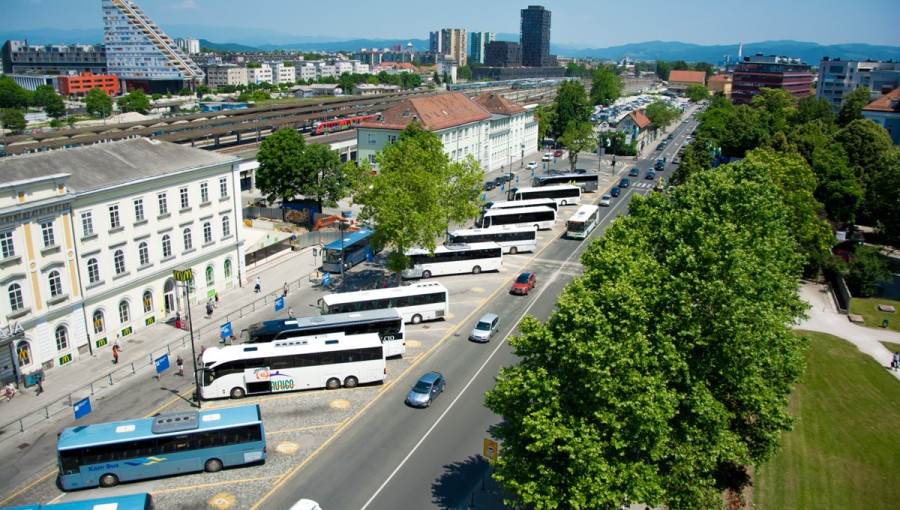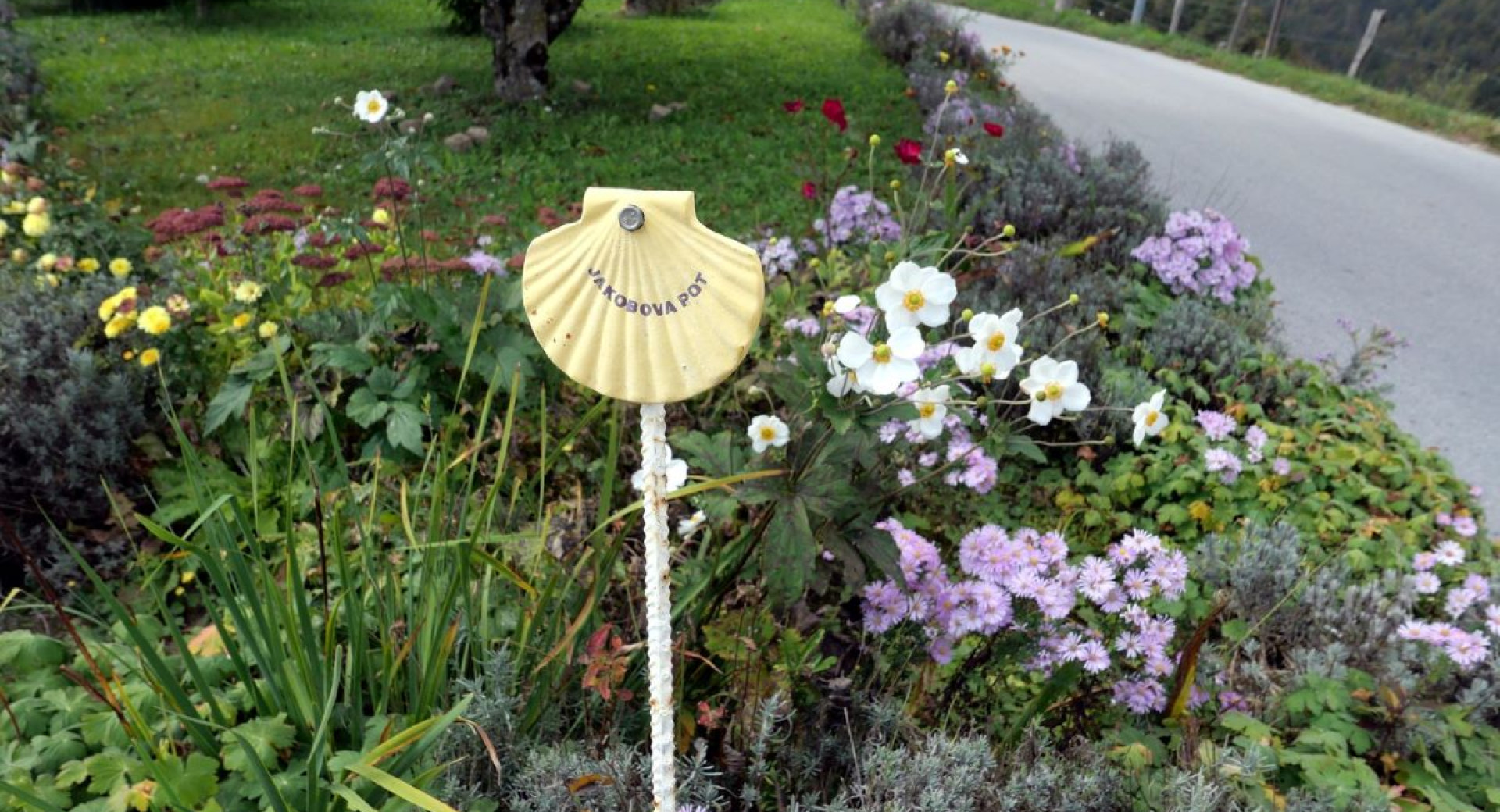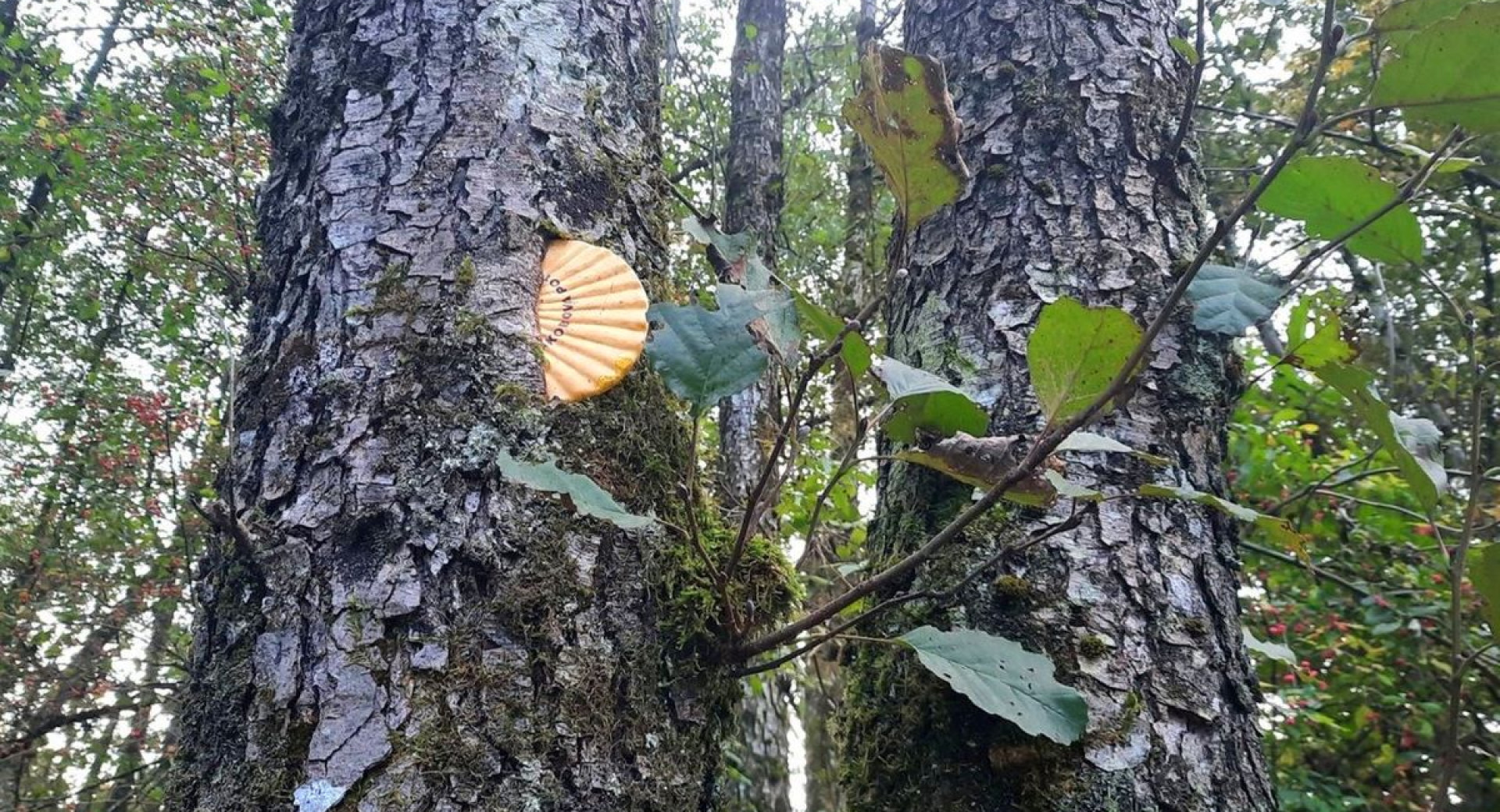Traveler Information
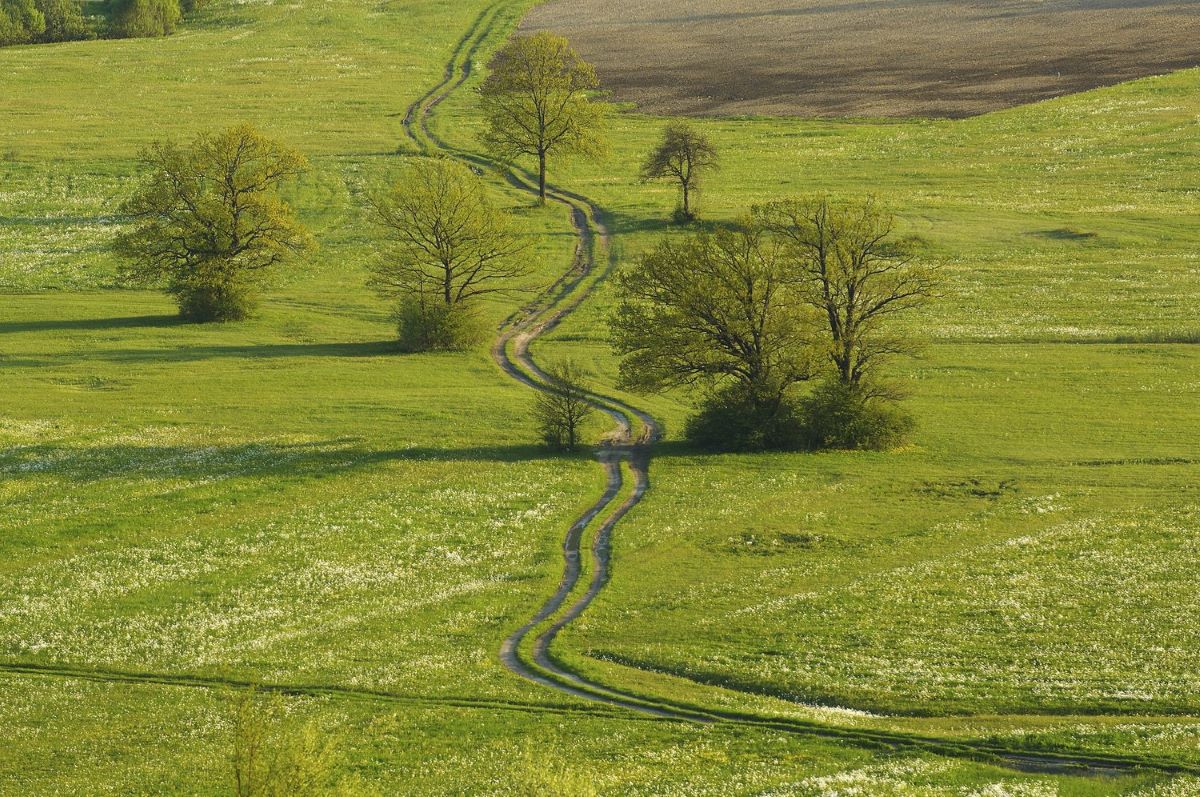
The Way of St. James in Slovenia is reviving the tradition of medieval pilgrimages to Santiago de Compostela and the pilgrimage routes to the churches of St. James. The trails are cared for by the Society of Friends of the Way of Saint James in Slovenia, which was founded by Marjeta and Metodij Rigler and their friends. Their guide The old Slovenian folk song "Where are those paths that used to be" will be a valuable companion for Slovenian-speaking pilgrims and other travellers on the first Slovenian Way of St. James: an almost three-hundred-kilometre long route from the Slovenian-Croatian border to Trieste in Italy. You can access comprehensive information about the route on the association's website (GPX track of the route, information on pilgrim shelters and other accommodation, gastronomy, etc.).
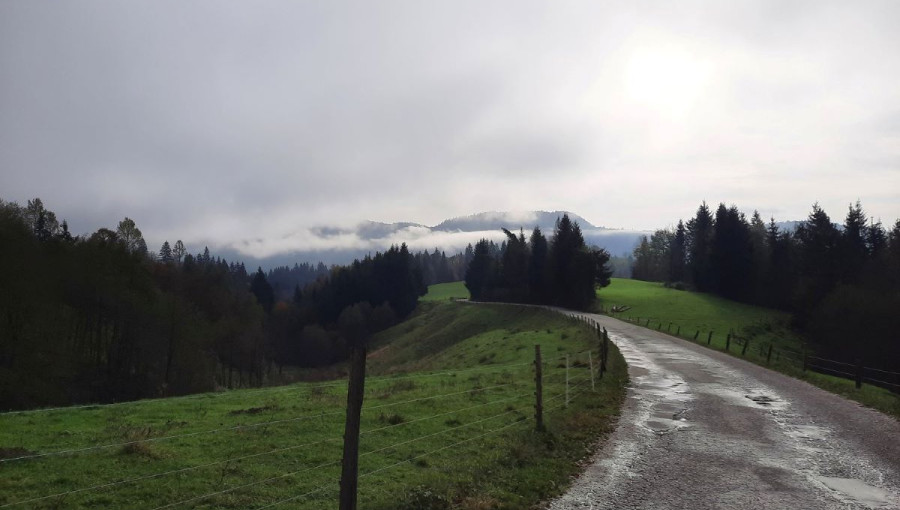
WHEN TO TRAVEL?
The Way of St. James in Ljubljana and its hinterland can be taken on in all seasons. In winter, snow can obscure the markings both on the ground and close to the ground, and in this case we recommend using the GPX trail track. The shortened winter days must also be taken into account! After prolonged or heavy rain, it is also necessary to check the passability of the Ljubljansko barje marsh and Planinsko polje field.
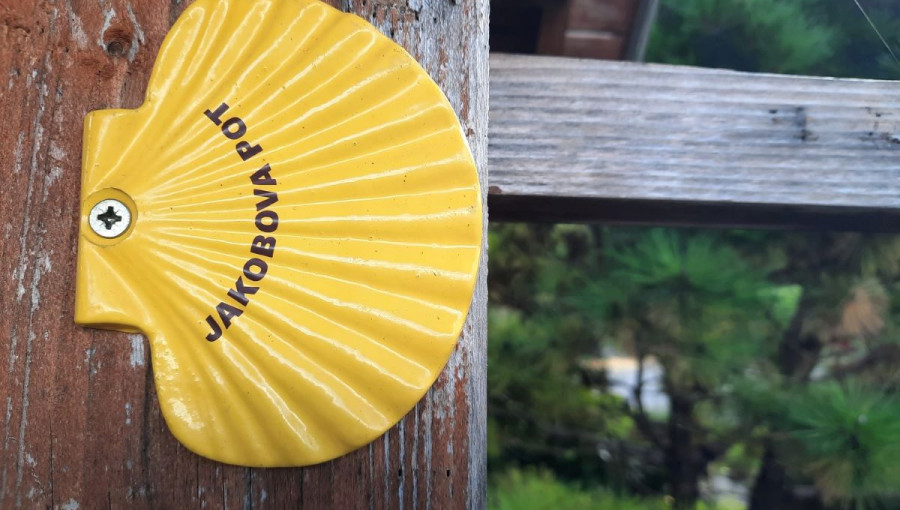
MARKINGS ON THE WAY OF ST. JAMES
The Way of St. James is mostly well marked in the Central Slovenia region; route markings are partially lacking only in Ljubljana, where we recommend using a GPX track and/or map.
The most recognisable marking of the Way of St. James is the yellow fan-shaped shell - the scallop.
In some places, the marking is a metal scallop shell with the inscription “Jakobova pot” - Way of St. James (on trees, houses, hayracks, poles, even in the middle of flower beds). You can also find yellow stickers with a scallop shell indicating the walking direction on metal poles, traffic lights, road signs, and other public infrastructure along the way. In some places, travellers are also aided by small signposts. However, the most common guides along the way are yellow arrows. These are drawn on poles, trees, traffic and stone fences, rocks, the ground... At some crossroads, especially in forests, there are also crosses informing the traveller that they have chosen the wrong path. If you get confused while walking and you don't see the proper markings for a long time after passing a crossroads, we recommend that you go back to the last crossroad and check the proper direction again or check the GPX track.
Note: The Way of St. James partially overlaps with the St. James cycling trail. Both are of the same historical and religious origin, but are different routes tailored to pedestrians and cyclists. The markings on the cycling route have a bicycle drawn inside the scallop shell.
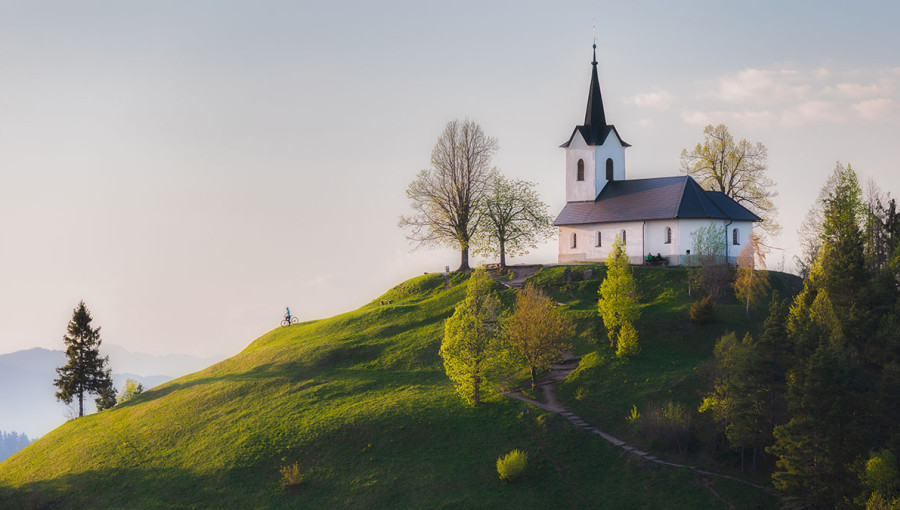
CHURCHES OF SAINT JAMES
The churches of St. James in Ljubljana and its hinterland range from larger churches that are an important part of the sacral heritage of their respective cities and towns, to churches and chapels that are smaller and simpler, but nevertheless important for the people living nearby. Most of them are closed to casual passers-by; visitors should make an appointment with the respective church’s caretakers in advance. As a rule, at the entrance to any Chruch of St. James, there is a box containing the stamp of the Way of St. James for holders of a pilgrimage document to use. That is because pilgrims that pass by the churches of St. James and any of the designated pilgrim collect checkpoint stamps to fill out their Slovenian pilgrim’s passports issued by the Society of Friends of the Way of Saint James in Slovenia. This gives the pilgrim an official certificate of the completed journey.
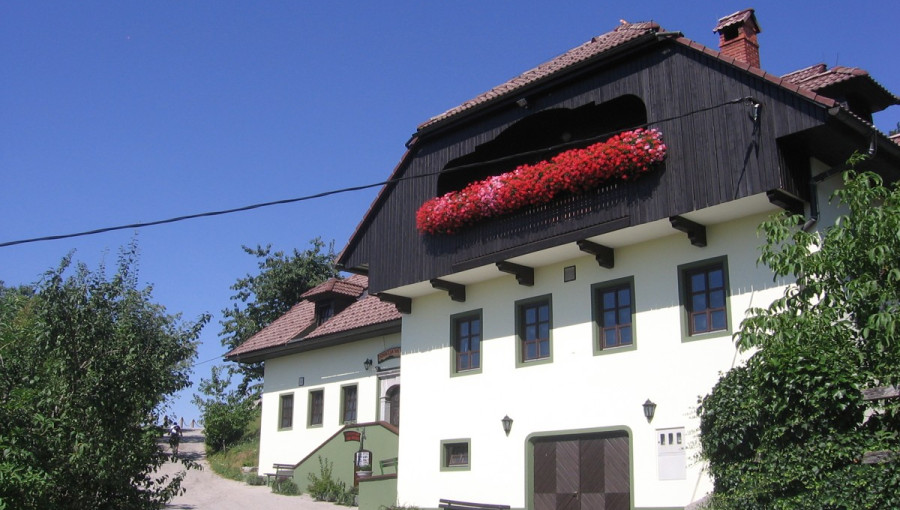
ACCOMODATION
The routes presented on these pages are designed in such a way that, as a rule, they start and end in cities or places where enough tourist accommodation is available.
Travellers with a pilgrim's passport can sometimes spend the night in lodgings offered by churches or parishes and with individuals who host pilgrims; information about them is available on the website of the Society of Friends of the Way of Saint James in Slovenia.
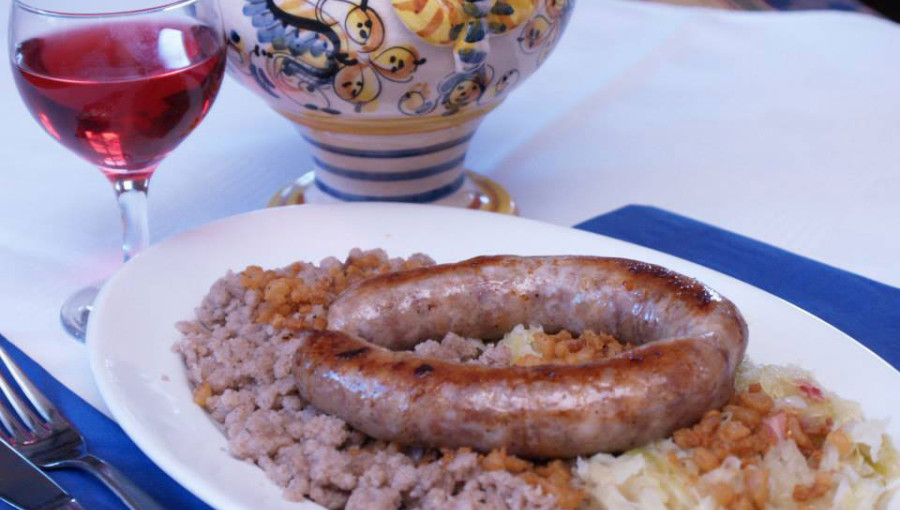
FOOD AND DRINK ON THE WAY
Virtually all routes start and end in urban settlements, where there is enough gastronomy and shopping to allow you to eat and drink, as well as buy food and drinks before and after legs of your journey. Gastronomy and shopping options are not frequent on the trail itself, and restaurants and inns won’t necessarily be open during your travels.
